Friday, 26/04/2024 | 15:30 GMT+7
The Duong Malt Joint Stock Company, established in February 2002, is the first in Vietnam and South East Asia to produce malt for beer, alcohol and beverage manufacturing. Vietnam has a rapidly expanding beverage and beer market with over three billion litres of beer consumed in 2013, an increase of 10% on 2012 and it is expected that this number will increase further in 2014.
The company has invested over 300 billion VND (US$14.2 million) in the production facility, including fully automated malting equipment. With the assistance of external experts together with the technical staff of the plant, production capacity of 40,000 ton per year has been achieved after only 18 months of construction, assembly and adjustment.
Company culture of Improvement
The Duong Malt Company aims to create a culture that:
- Implements fair rewards
- Creates a clean and open working environment
- Builds a strong team spirit through identifying core values
- Promotes positive employees
- Always attaches importance to personnel training
- Builds social responsibility
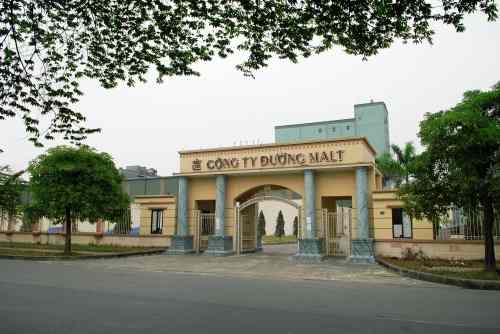
Policy and Management Commitment
Management of the company, having achieved the design output of the facility as well as certification to ISO 9001, has now set their sights on improving the energy performance of the company's operations. This was completed in conjunction with the United Nations Industrial Development Organization (UNIDO)'s Industrial Energy Efficiency (IEE) capacity-building program where the Duong Malt Company volunteered to be a pilot company for the implementation of EnMS in their facilities.
As a first step in the development of an energy management system, an energy policy was developed to ensure the involvement and commitment of Duong Malt Company management for the duration of the process, followed by a strategic review of energy use throughout the factory.
Data Analysis and Review
Duong Malt Company management, in conjunction with the UNIDO-trained national experts, engaged in a detailed review of all energy users in the facility in order to identify the significant energy users and associated energy drivers. This required the use of new data analytical tools promoted through the UNIDO capacity building program, resulting in the replacement of the standard energy per unit output performance metric with one that predicts energy consumption.
Operational Improvements
Based on the data collected and analysed, the following projects were identified and implemented with the assistance of the UNIDO-trained national experts:
- Reducing excess oxygen in the boiler exhaust system
- Insulation of steam distribution and condensate recovery systems
- Investigation into the possibility of utilising a boiler economiser
- Upgrade of the compressed air system (through the System Optimisation training)
- Installation of variable speed drives on fans and motors
- The installation of a comprehensive metering system
Results
The performance change of the facility for the first 8 months of 2012 following the implementation of the management system. This has yielded an average 1% on the power consumption when compared to the baseline year of 2011. This improvement has been driven by the relentless pursuit of energy performance improvements throughout the site.
Continous Focus on Improvement
The equipment in the plant is new and very well automated, but management's belief that further improvements are possible has led to the identification of additional opportunities for improvement, associated with a further.
This has been driven in the organisation through a focus on operational control and ensuring that the critical operating parameters of the facility are adhered to in order to ensure that high quality malt is delivered to its customers in the most energy efficient manner possible.
Anh Tuan
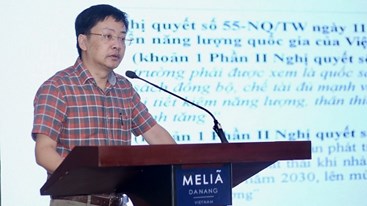
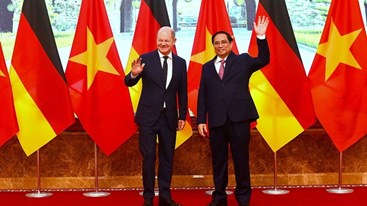
.png?w=367&h=206&mode=crop)
.jpg?w=367&h=206&mode=crop)
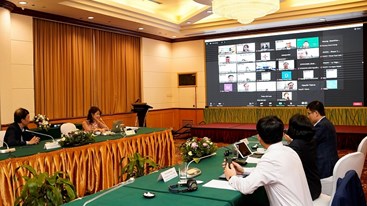
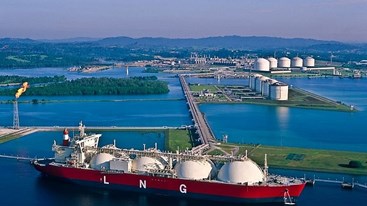
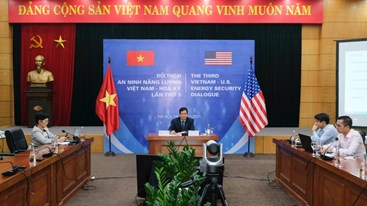
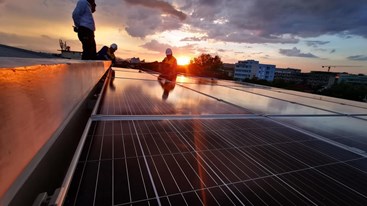
.jpg?w=367&h=206&mode=crop) Energy efficiency and conservation usage is an important aspect of the national energy development strategy
05/03/2024
Energy efficiency and conservation usage is an important aspect of the national energy development strategy
05/03/2024
 Challenges and Opportunities to promote energy efficiency market in Vietnam
Challenges and Opportunities to promote energy efficiency market in Vietnam
 The Ministry of Industry and Trade requests government agencies to coordinate in organizing Earth Hour 2024
The Ministry of Industry and Trade requests government agencies to coordinate in organizing Earth Hour 2024
 Consultation on Energy Efficiency Boiler Catalogue and Wood Drying Guideline
Consultation on Energy Efficiency Boiler Catalogue and Wood Drying Guideline
 Son Ha Co., Ltd, applies energy efficiency and conservation measures
Son Ha Co., Ltd, applies energy efficiency and conservation measures
.png?w=367&h=206&mode=crop) Request for expression of interest - C2.1.13: Capacity Building on energy efficiency policies development
Request for expression of interest - C2.1.13: Capacity Building on energy efficiency policies development
 Phuc Kien Co., Ltd., is effectively implementing energy-saving measures
Phuc Kien Co., Ltd., is effectively implementing energy-saving measures
 Request for expression of interest - C2.1.12: Independent monitoring of safeguards implementation
Request for expression of interest - C2.1.12: Independent monitoring of safeguards implementation